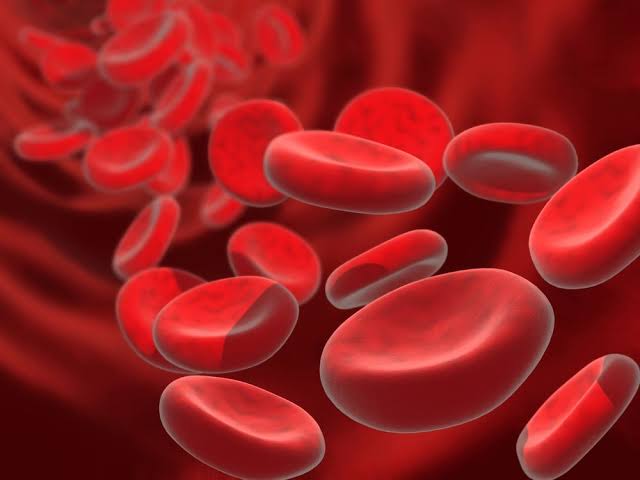Anemia and Types

Anemia is a condition that develops when your red blood cell count or hemoglobin is less than normal.
The condition is often associated with being tired and weak. The reason for this is that anemia occurs when your body doesn’t have adequate healthy red blood cells. Red blood cells carry oxygen to the body’s tissues.
There are different types of anemia, including but not limited to:
- Iron-deficiency anemia: which is the most common type of anemia and occurs when your blood doesn’t have enough iron to produce healthy red blood cells and hemoglobin. This type of anemia, which is the most common and widespread nutritional disorder in the world, largely contributes to the fact that more than 30 percent of the world’s population is anemic. Red blood cells carry oxygen to the body’s tissues and remove carbon dioxide. Not having enough working red blood cells may lead to tiredness and shortness of breath.
- Aplastic anemia: It is a blood disorder in which the body’s bone marrow — the soft tissue in the center of bones — doesn’t make enough healthy blood cells. Because of this, it is sometimes referred to as bone marrow failure. While the condition is rare, each year between 600 and 900 people in the United States are diagnosed with aplastic anemia, although the accuracy of the epidemiological data for the United States is still being determined. In Western countries, the incidence is approximately two per million per year, and estimated to be two- to threefold higher in Asia. The disorder affects men and women equally and most commonly develops in adults between ages 2 and 5, ages 20 and 25, and ages 55 and older.
- Sickle cell anemia: It is an inherited blood disorder characterized by both a deficiency of healthy red blood cells and painful episodes called sickle cell crises. The disorder is caused by a mutation in the gene that tells the body how to make hemoglobin, a protein found in red blood cells that binds to oxygen in the lungs and carries it to tissues throughout the body. As a result of the mutation, the body produces a defective form of hemoglobin called hemoglobin S, which causes red blood cells to sickle, or develop a crescent shape. Sickle cells are stiff and sticky and tend to block blood flow in the vessels of the limbs and organs, causing pain and raising the risk for infection and damage. Sickle cells also have a shorter life span than normal red blood cells, leading to an overall shortage of red blood cells and, consequently, anemia.
- Pernicious anemia: It refers to a vitamin B12 deficiency caused by autoantibodies that interfere with vitamin B12 absorption by targeting intrinsic factor (IF), gastric parietal cells, or both. This type of anemia occurs when your body cannot absorb vitamin B12, which is needed to make healthy red blood cells and to keep the nervous system working properly. The condition can run in families and is an autoimmune condition. B12 deficiency from low intake can also mimic pernicious anemia as they both result in anemia from reduced available B12 for red blood cell creation. At the time it was first described, pernicious anemia was associated with continuous worsening of symptoms and even death without an available treatment. With proper treatment, people who have pernicious anemia can recover, feel well, and live normal lives.
- Anemia of chronic disease: It is also sometimes called anemia of chronic inflammation or anemia of inflammation. Anemia of inflammation and chronic disease is considered the second most common form of anemia after iron-deficiency anemia. But the exact incidence of chronic disease anemia is not known, possibly because it’s underreported and often goes unrecognized. This type of anemia occurs when a long-term medical condition affects your body’s ability to produce healthy red blood cells. Underlying conditions can vary and may include chronic illnesses such as cancer, infections, kidney disease, and autoimmune and inflammatory diseases like rheumatoid arthritis or lupus. Most often, the chronic disease prevents your body from effectively using iron to create new red blood cells, even if there are normal or high levels of iron stored in the body. Treatment for certain diseases can also affect red blood cell production.


